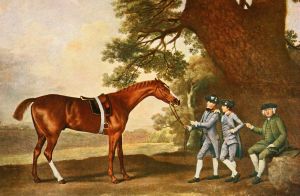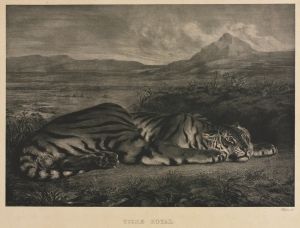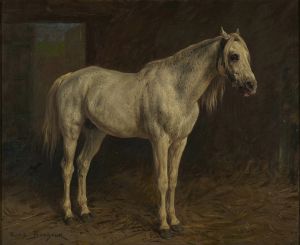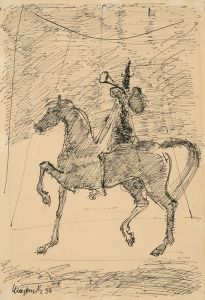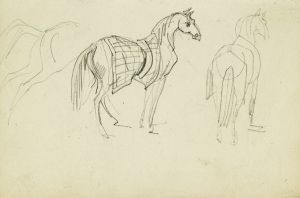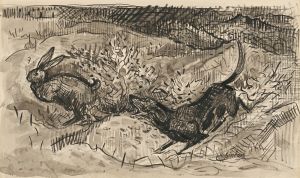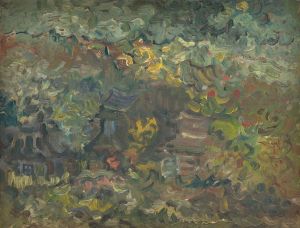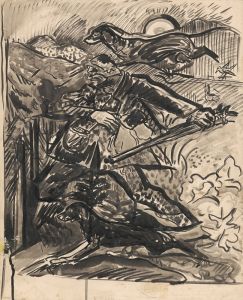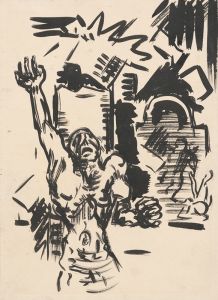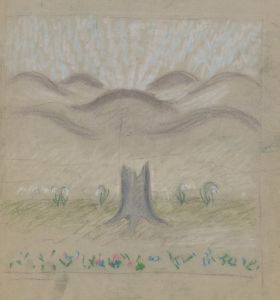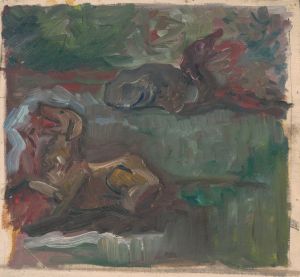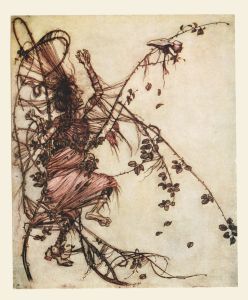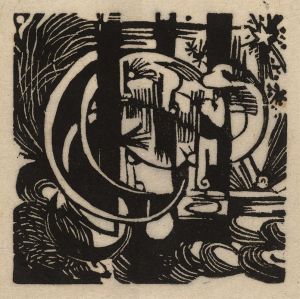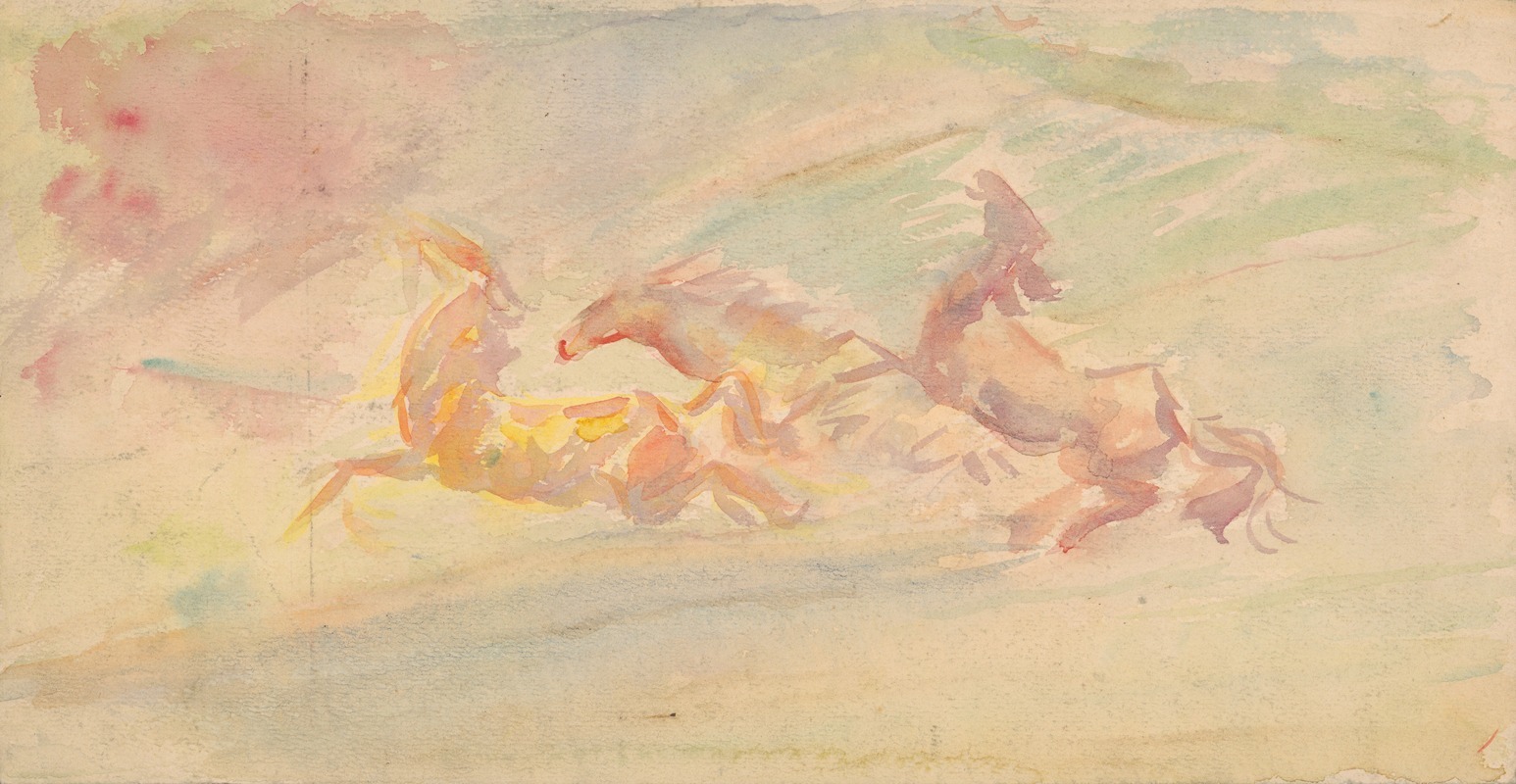
Galloping Horses
A hand-painted replica of Arnold Peter Weisz-Kubínčan’s masterpiece Galloping Horses, meticulously crafted by professional artists to capture the true essence of the original. Each piece is created with museum-quality canvas and rare mineral pigments, carefully painted by experienced artists with delicate brushstrokes and rich, layered colors to perfectly recreate the texture of the original artwork. Unlike machine-printed reproductions, this hand-painted version brings the painting to life, infused with the artist’s emotions and skill in every stroke. Whether for personal collection or home decoration, it instantly elevates the artistic atmosphere of any space.
Arnold Peter Weisz-Kubínčan was a Slovak painter of Jewish descent, born on February 3, 1898, in Dolný Kubín, Slovakia. He is known for his contributions to modern Slovak art, particularly during the interwar period. Weisz-Kubínčan's work often reflected his deep engagement with contemporary artistic movements and his personal experiences, including the harrowing impact of World War II and the Holocaust.
One of his notable works is "Galloping Horses," a painting that exemplifies his dynamic style and expressive use of color and form. The exact date of creation for "Galloping Horses" is not well-documented, but it is believed to have been produced during the 1930s, a period when Weisz-Kubínčan was actively developing his unique artistic voice.
"Galloping Horses" captures the energy and movement of its subject matter through vigorous brushstrokes and a vivid palette. The painting depicts a group of horses in full gallop, their forms rendered with a sense of fluidity and motion that conveys both power and grace. Weisz-Kubínčan's technique in this piece reflects his interest in capturing the essence of movement, a theme that recurs in many of his works.
The horses in the painting are not merely realistic representations but are imbued with a sense of abstraction that highlights the artist's modernist influences. The background of the painting is often described as dynamic and somewhat abstract, which serves to enhance the feeling of speed and freedom associated with the galloping horses. This approach aligns with the broader trends in European modernism, where artists sought to break away from traditional representational art to explore more expressive and abstract forms.
Weisz-Kubínčan's life and career were tragically cut short by the events of World War II. As a Jewish artist in Slovakia, he faced persecution under the Nazi regime. In 1944, he was arrested and deported to a concentration camp, where he ultimately perished. Despite his untimely death, Weisz-Kubínčan's work has continued to be celebrated for its emotional depth and innovative approach to form and color.
"Galloping Horses" remains an important part of his artistic legacy, showcasing his ability to convey intense emotion and movement through his distinctive style. The painting is a testament to Weisz-Kubínčan's skill and his contribution to the development of modern art in Slovakia. Today, his works are held in various collections and continue to be studied and appreciated for their artistic and historical significance.





